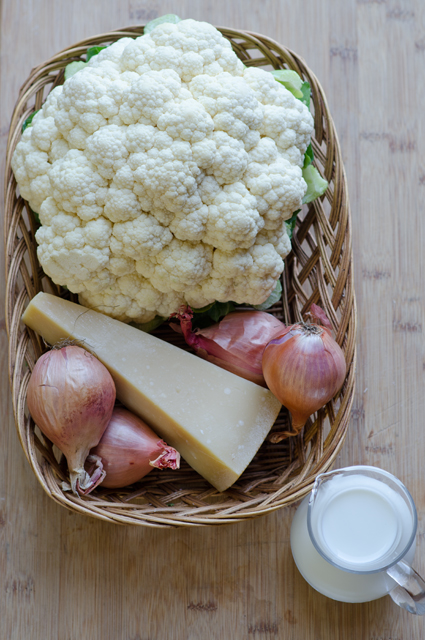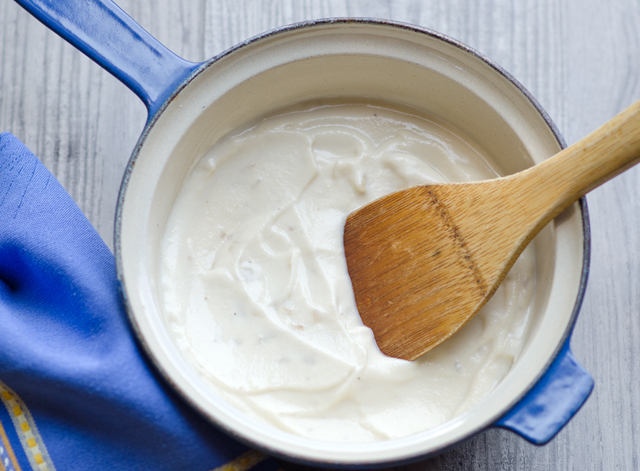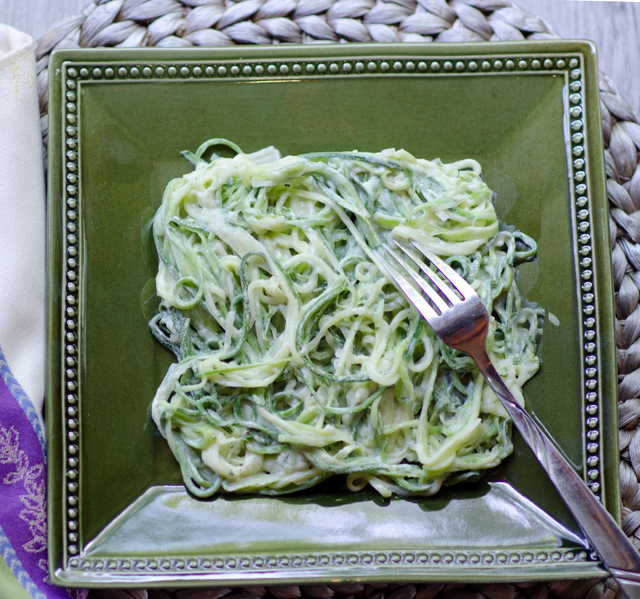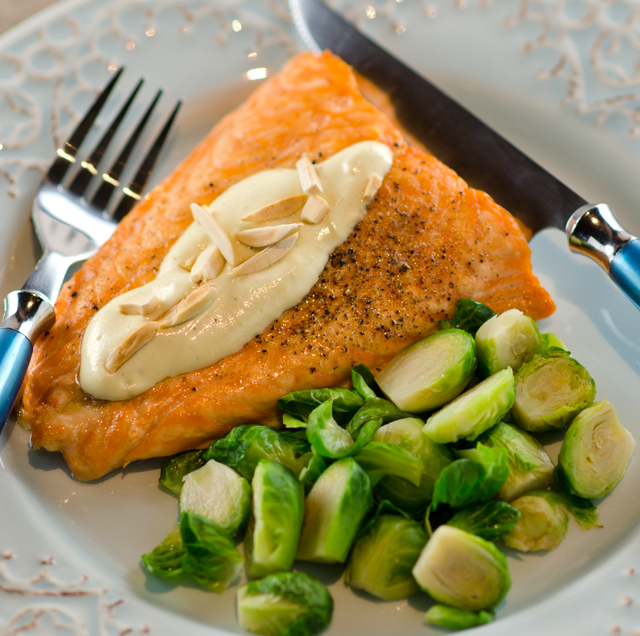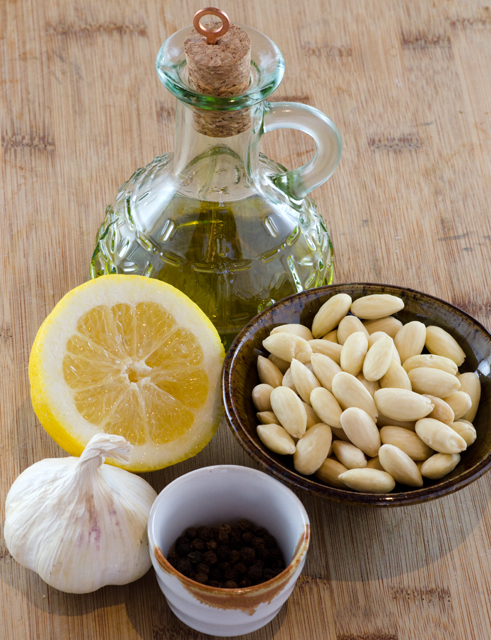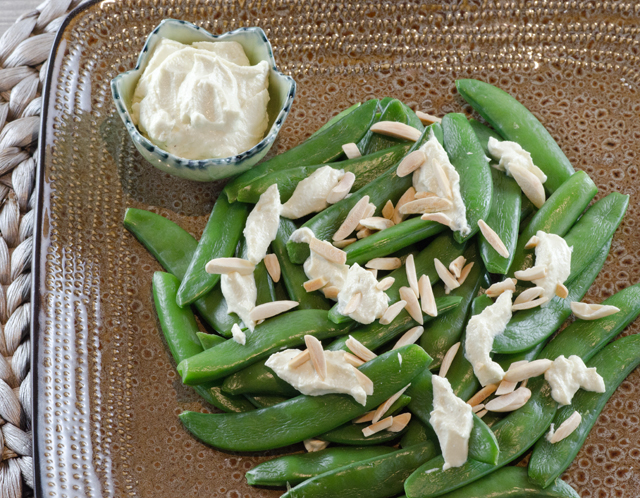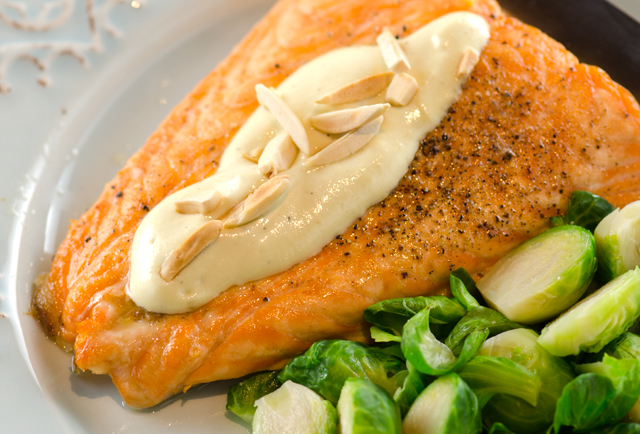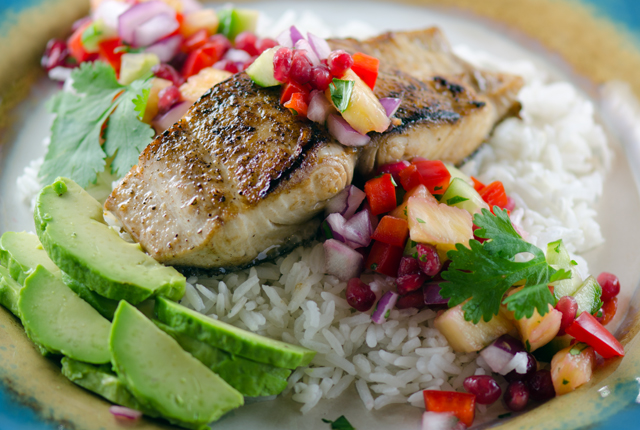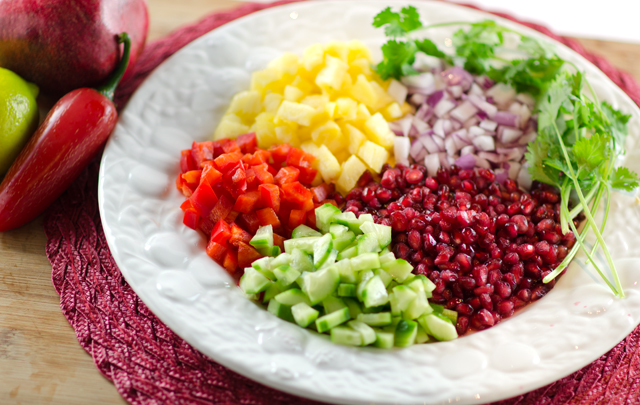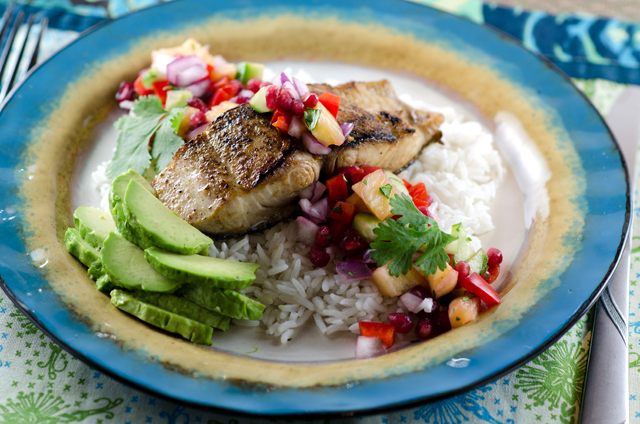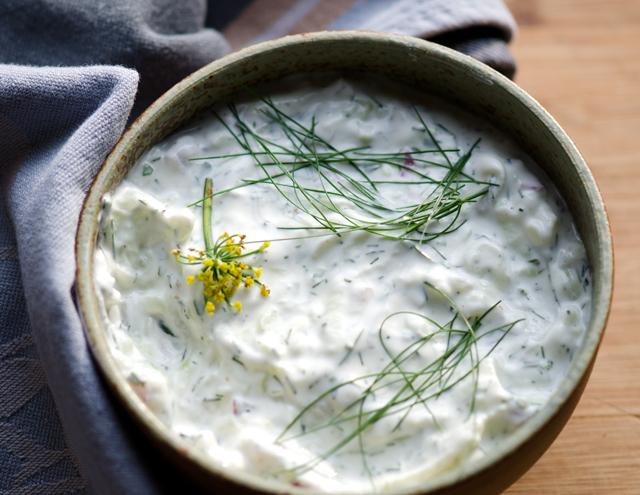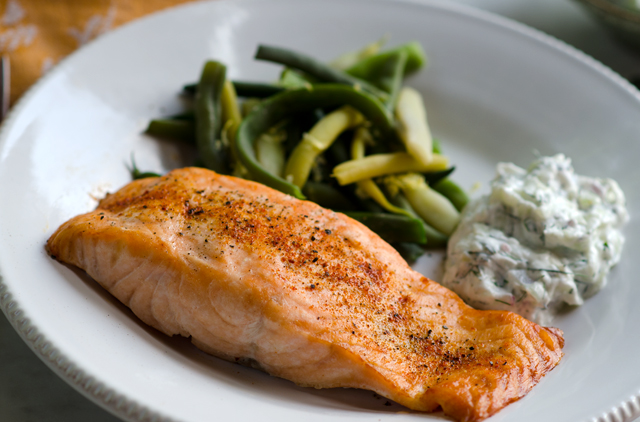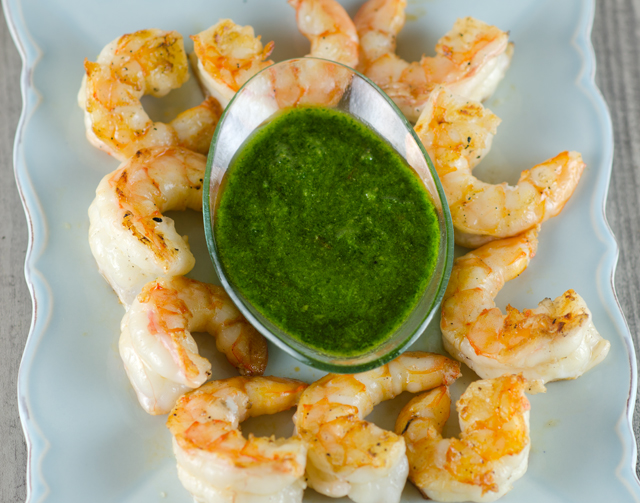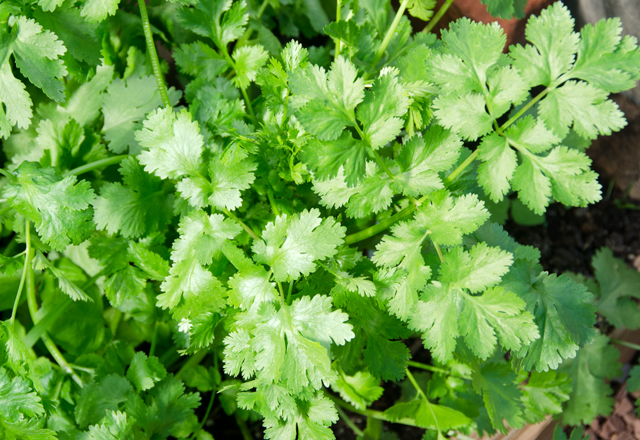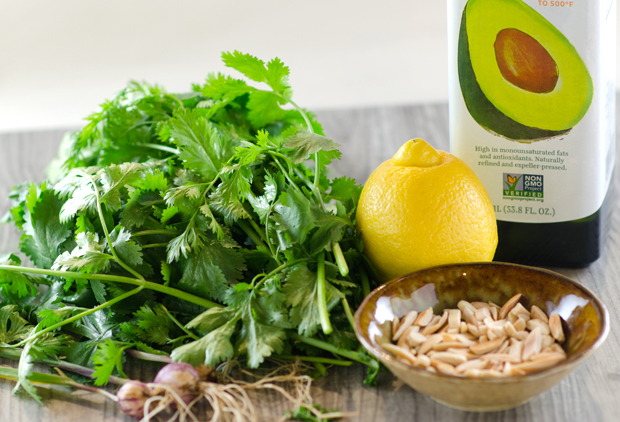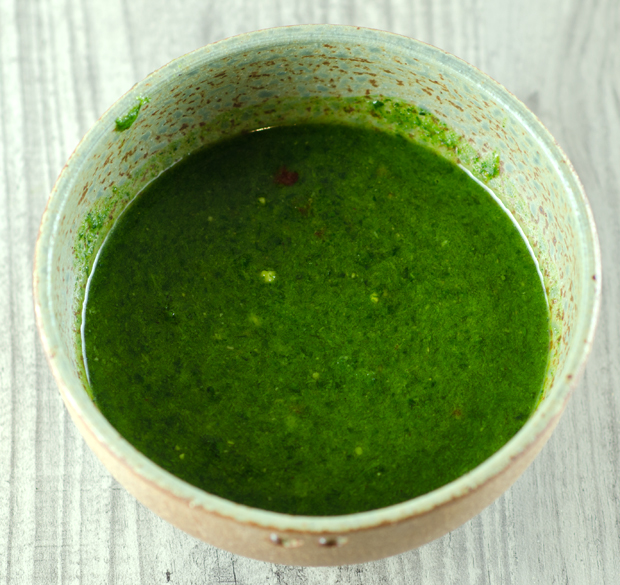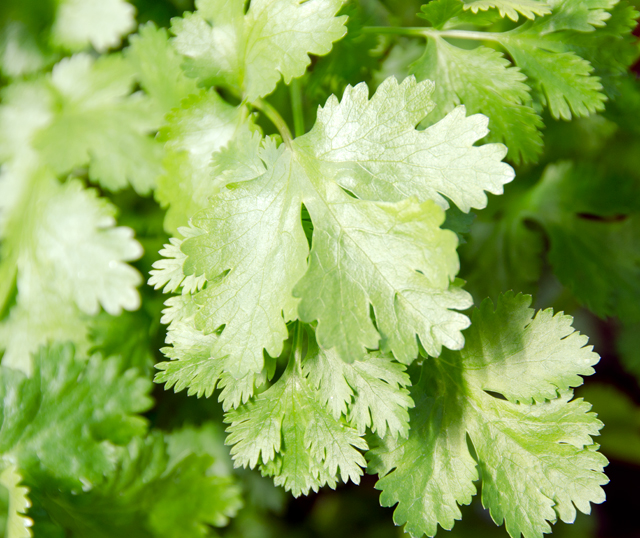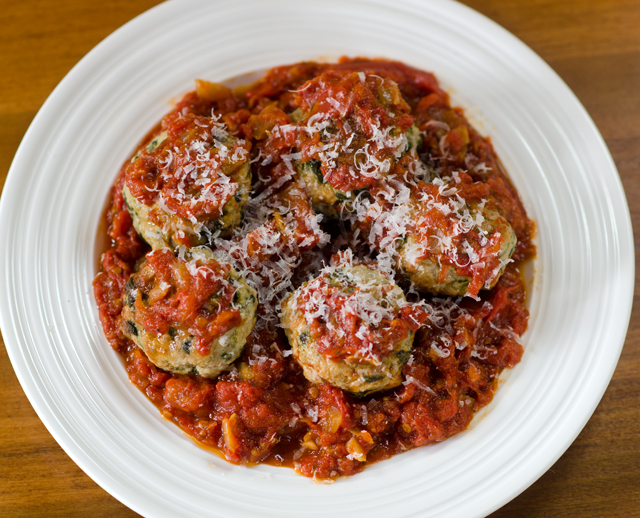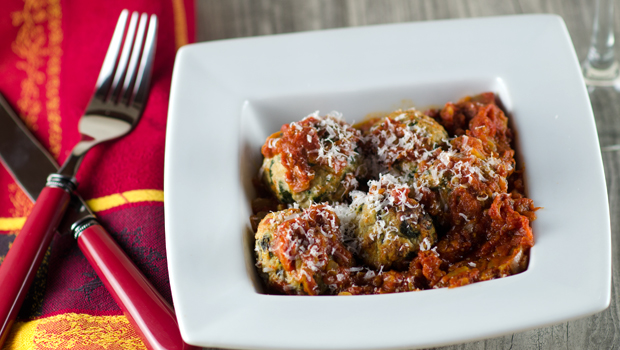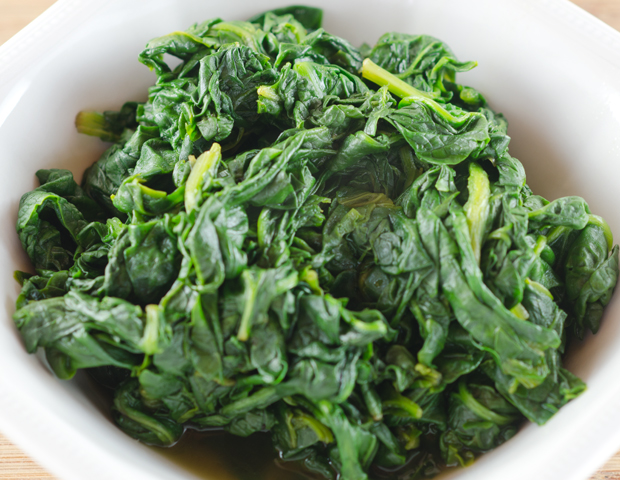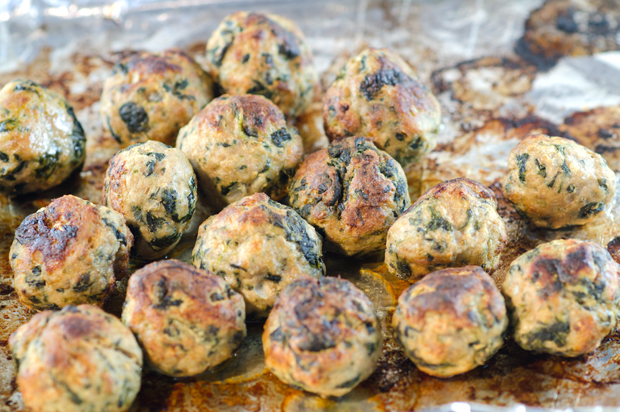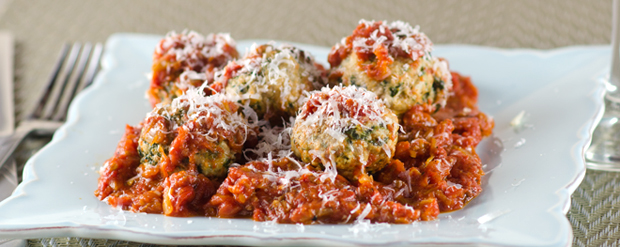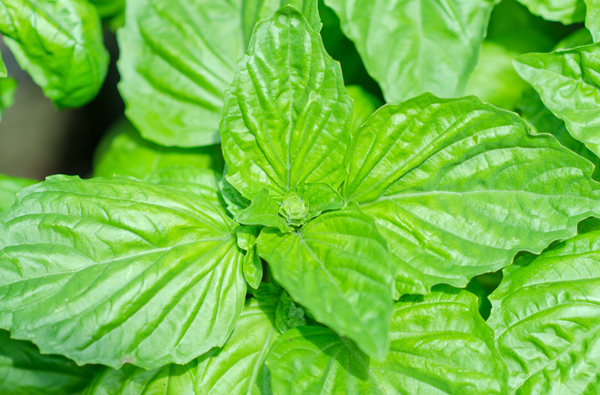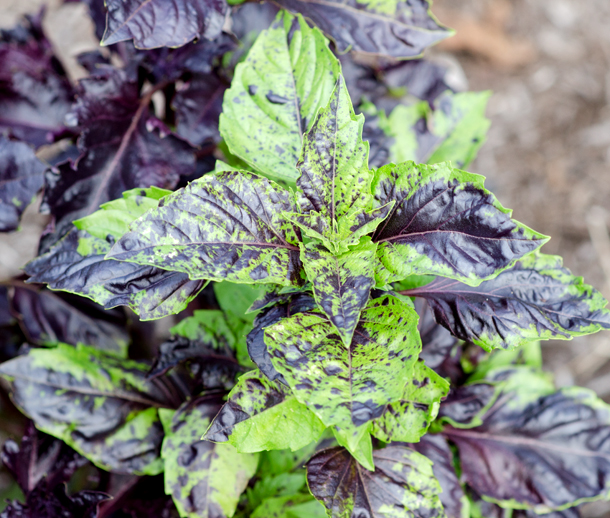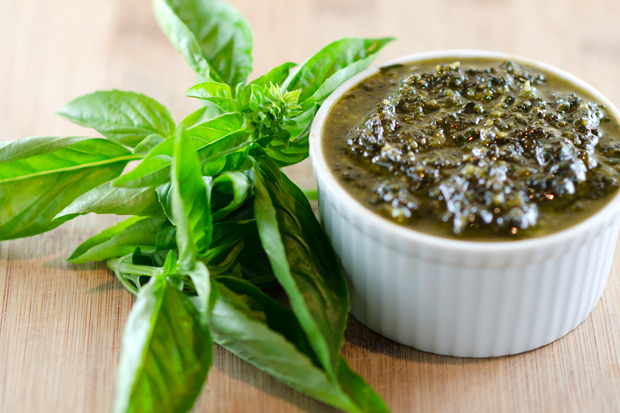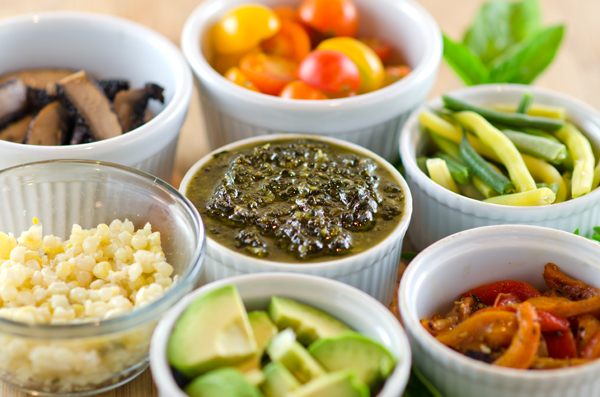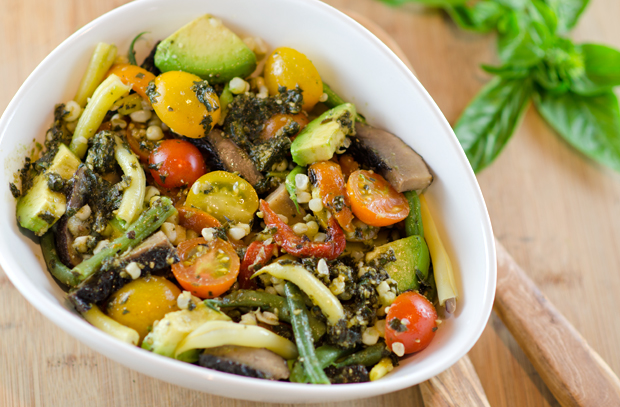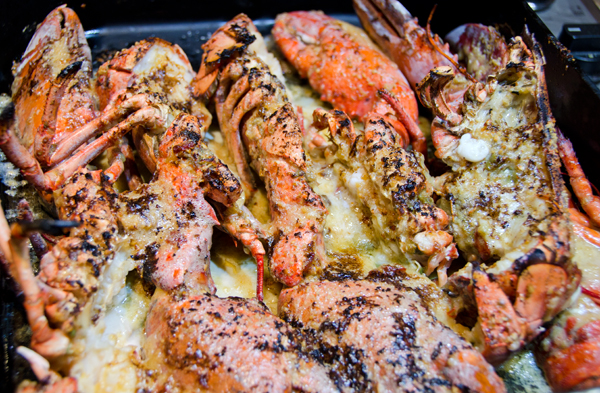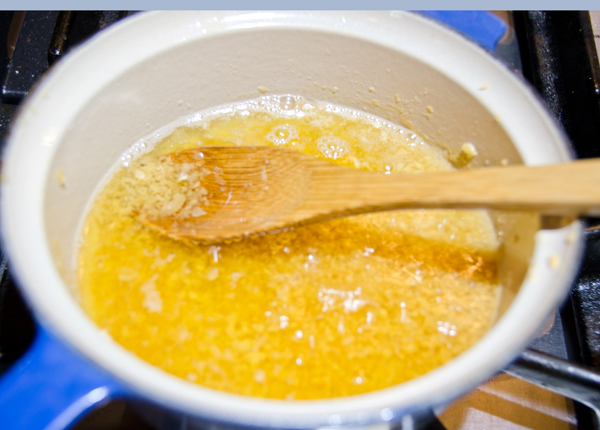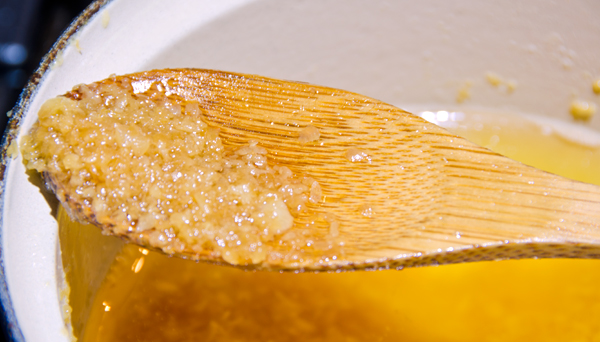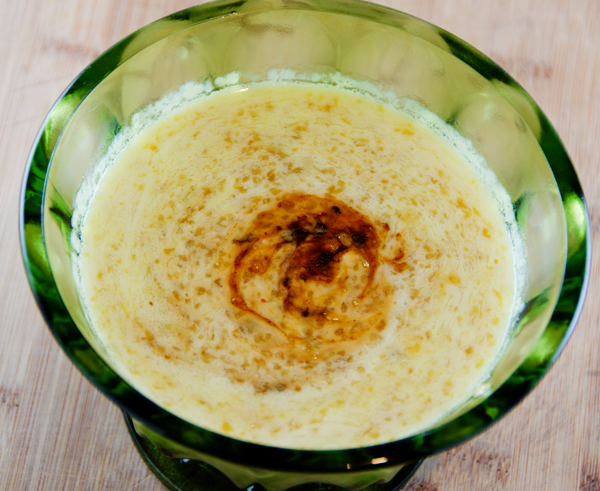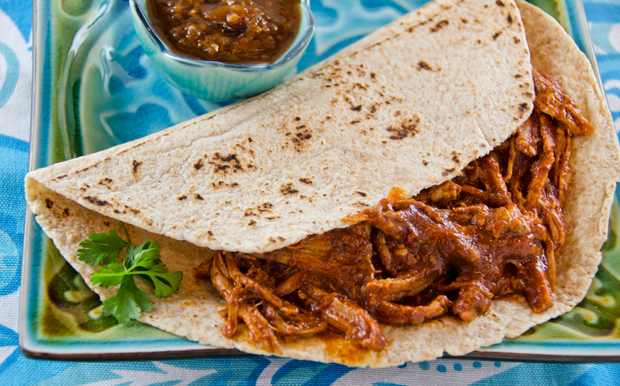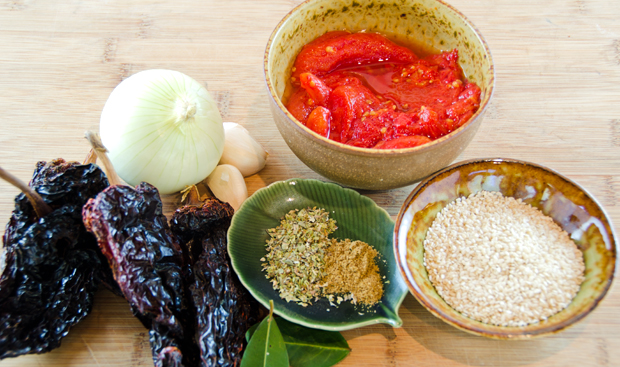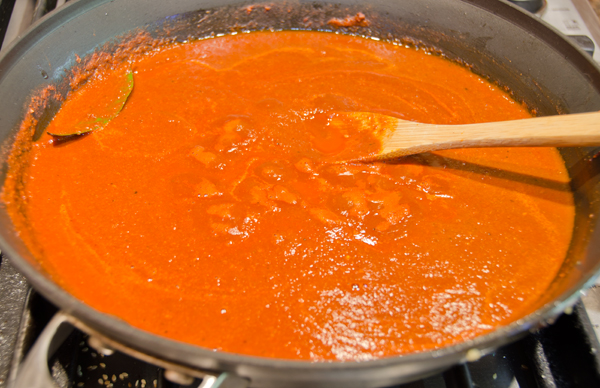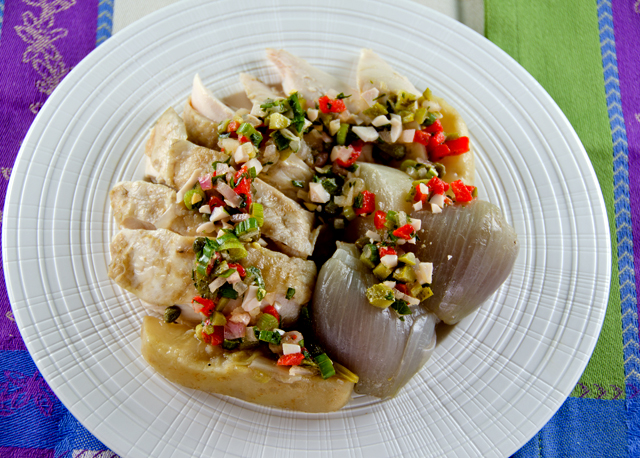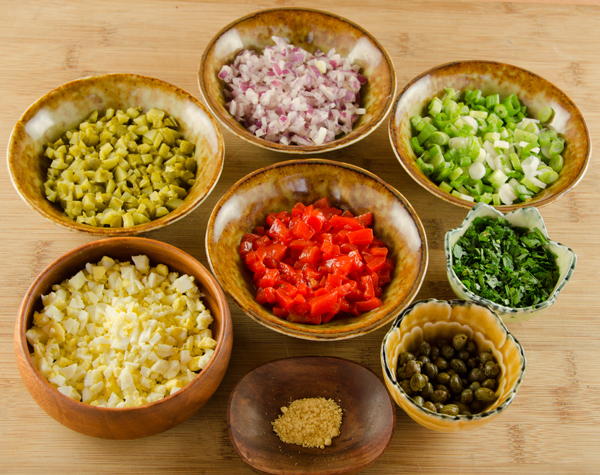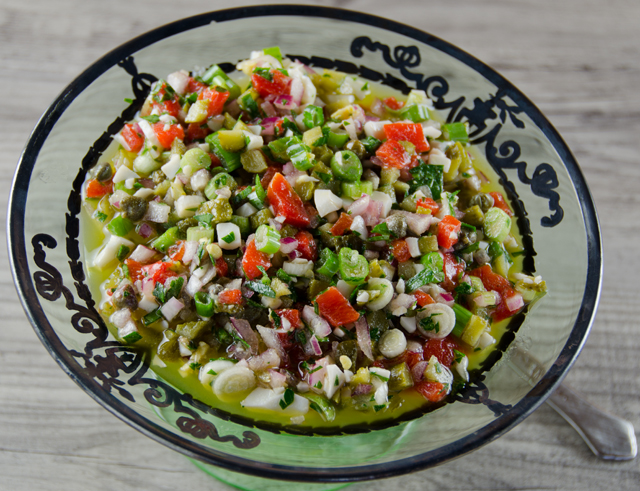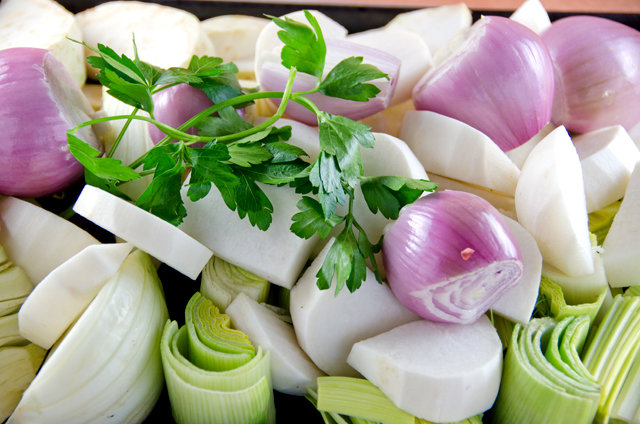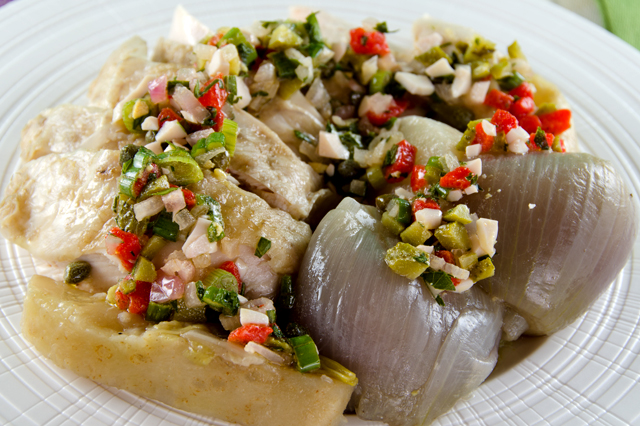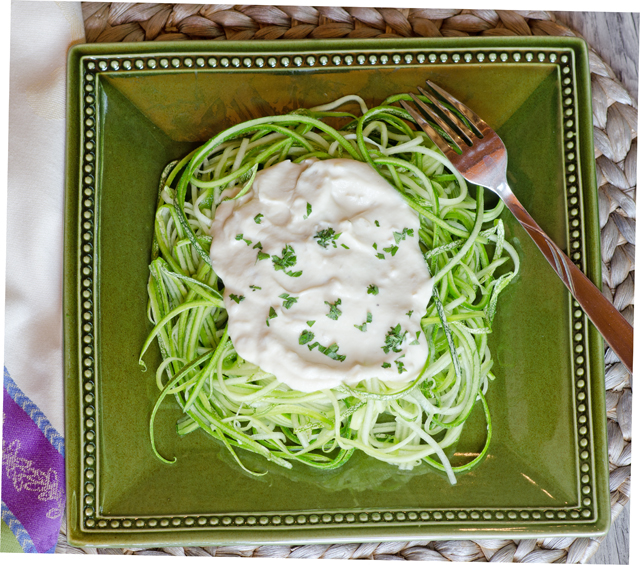 Cauliflower is the vegetable master of disguise. We love it cut into florets or “steaks” roasted with olive oil, salt and pepper and chow down on it like popcorn. It makes a satisfying substitute for mashed potatoes, and chopped finely it can replace couscous or other grains in some recipes. So my ears perked up the other day when I heard yet another way to use cauliflower.
Cauliflower is the vegetable master of disguise. We love it cut into florets or “steaks” roasted with olive oil, salt and pepper and chow down on it like popcorn. It makes a satisfying substitute for mashed potatoes, and chopped finely it can replace couscous or other grains in some recipes. So my ears perked up the other day when I heard yet another way to use cauliflower.
If I am at home in the early afternoon I will turn on “The Chew”, a television program that has been described as “The View” for foodies. A recipe that caught my attention recently was a side by side comparison of traditional Alfredo sauce, prepared by Iron Chef and restauranteur Michael Symon, with a “lightened up” version of the sauce, made by natural foods chef and author, Daphne Oz.
Michael and Daphne’s sauces start out with same five ingredients, shallots, parmesan cheese, extra virgin olive oil, parsley and butter. As Michael pointed out, he learned from fellow chef Mario Batali, traditional Alfredo sauce in Italy is butter, a little bit of the pasta water and Parmesan cheese. It does not include heavy cream, an American addition to the dish. Michael and Daphne both added shallots to their sauce, also not traditional but adding an additional smoky sweet note to the sauce.
Here is where the recipes diverge. Michael’s traditional version of the sauce used one whole stick of butter and a cup of Parmesan cheese. Although Daphne’s recipe did include a quarter of the amount of the butter and cheese in Michael’s recipe, most of the velvety texture came from, you guessed it, cauliflower. She boiled cauliflower in milk and pureed it to make the base for the sauce. Cauliflower acted as a binder and gave the sauce it’s smoothness.
This was a recipe I had to try for myself. The recipe starts with four cups of cauliflower florets and a cup of milk added to a saucepan. Bring to a boil, reduce to a simmer and cook until fork tender, about 10-12 minutes. Strain out the cauliflower pieces and add to a blender, then add milk and butter. To make this a non-dairy preparation use almond milk and a butter substitute like Earth Balance. Puree the ingredients until smooth and season with salt and pepper.
Shallots are sauteed in olive oil until softened and the pan is deglazed with a little white wine. Add the cauliflower puree to the pan and loosen the sauce with a little water or milk. Freshly grated Parmesan, nutmeg and a little chopped parsley are the finishing touches to the sauce. Both Daphne and Michael used fettucine noodles for their finished dish. Since we have eating our share of zucchini “noodles” this summer, I thought this would be another way to use them. I took zucchini noodles, added them to a saute pan to reduce as much liquid as possible and warm them up a bit. I only cook them for a few minutes since I still want them to retain a litttle crunch.
The sauce holds well and if you are going to make it, double up, use the whole head of cauliflower and freeze some for later use. I’m also thinking of using this as a substitute for bechamel sauce in my moussaka once the eggplants start rolling in. As Daphne said, this is a sauce that will let you indulge without the guilt.
Cauliflower Alfredo Sauce
Serves six
Ingredients
- 4c cauliflower, cut into chunks
- 1 c milk
- Kosher salt and freshly ground pepper
- 2T butter
- 1-2T olive oil
- 1 large shallot, finely minced (about ¼c)
- ½c white wine
- ¼c finely grated Parmigiano-Reggiano cheese
- ¼t freshly grated nutmeg
Directions
- Put the cauliflower and the milk in a large saucepan and season with salt and pepper. Note:milk will not cover the cauliflower.
- Bring to a boil, reduce heat to a simmer , cover and cook until fork tender, about 10-12 minutes.
- Using a slotted utensil, transfer the cauliflower to a blender. Add the milk and butter and puree until smooth. Season with salt and pepper.
- Place a large sauté pan over medium heat and add 1-2 tablespoons of olive oil. Add the shallot and cook for 2-3 minutes, or until slightly tender.
- Deglaze with the white wine and reduce liquid by half, 1-2 minutes.
- Add the cauliflower puree to the pan, if sauce is too thick, add a little water or milk.
- Add freshly ground nutmeg and stir in the Parmesan.
